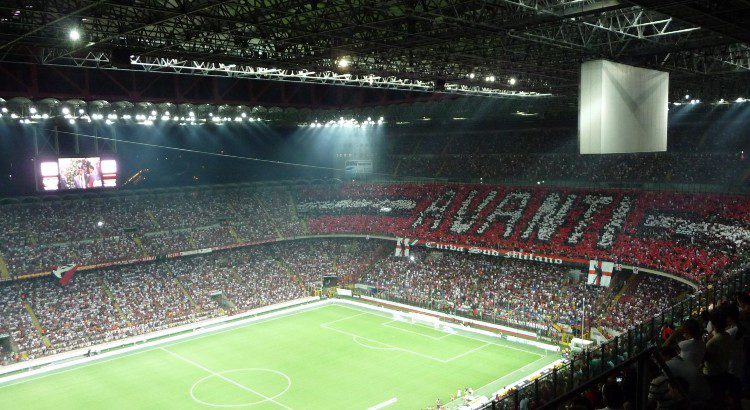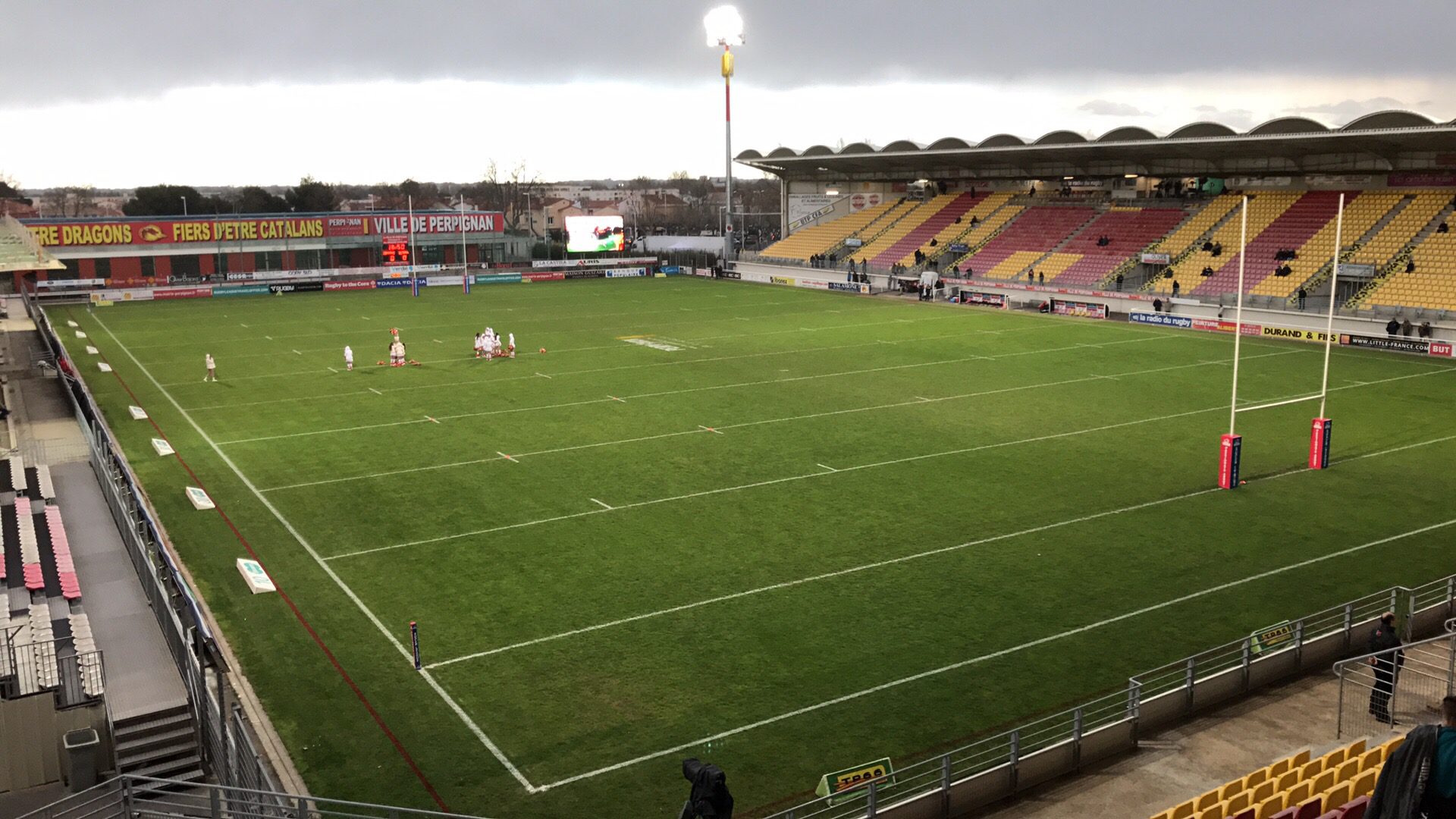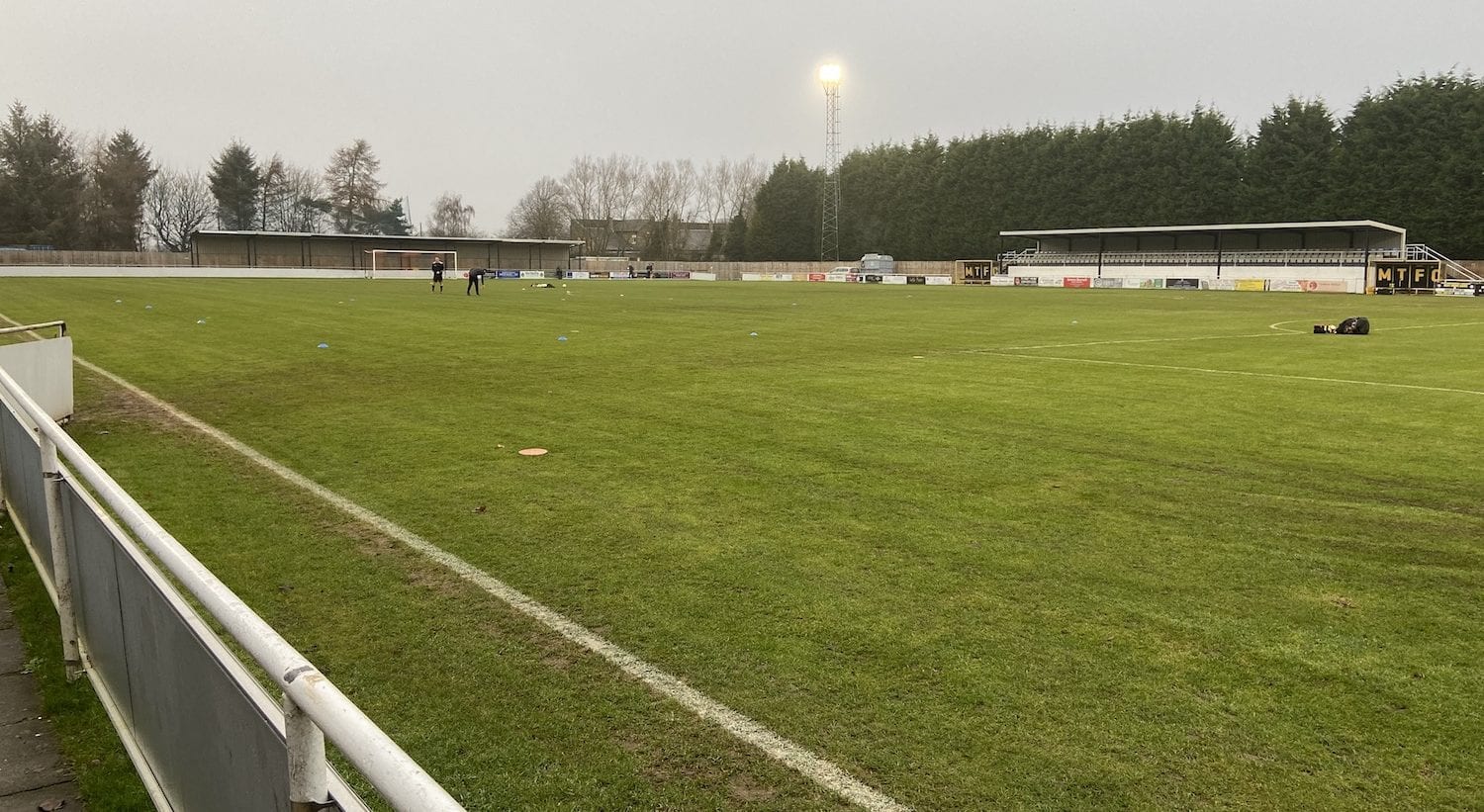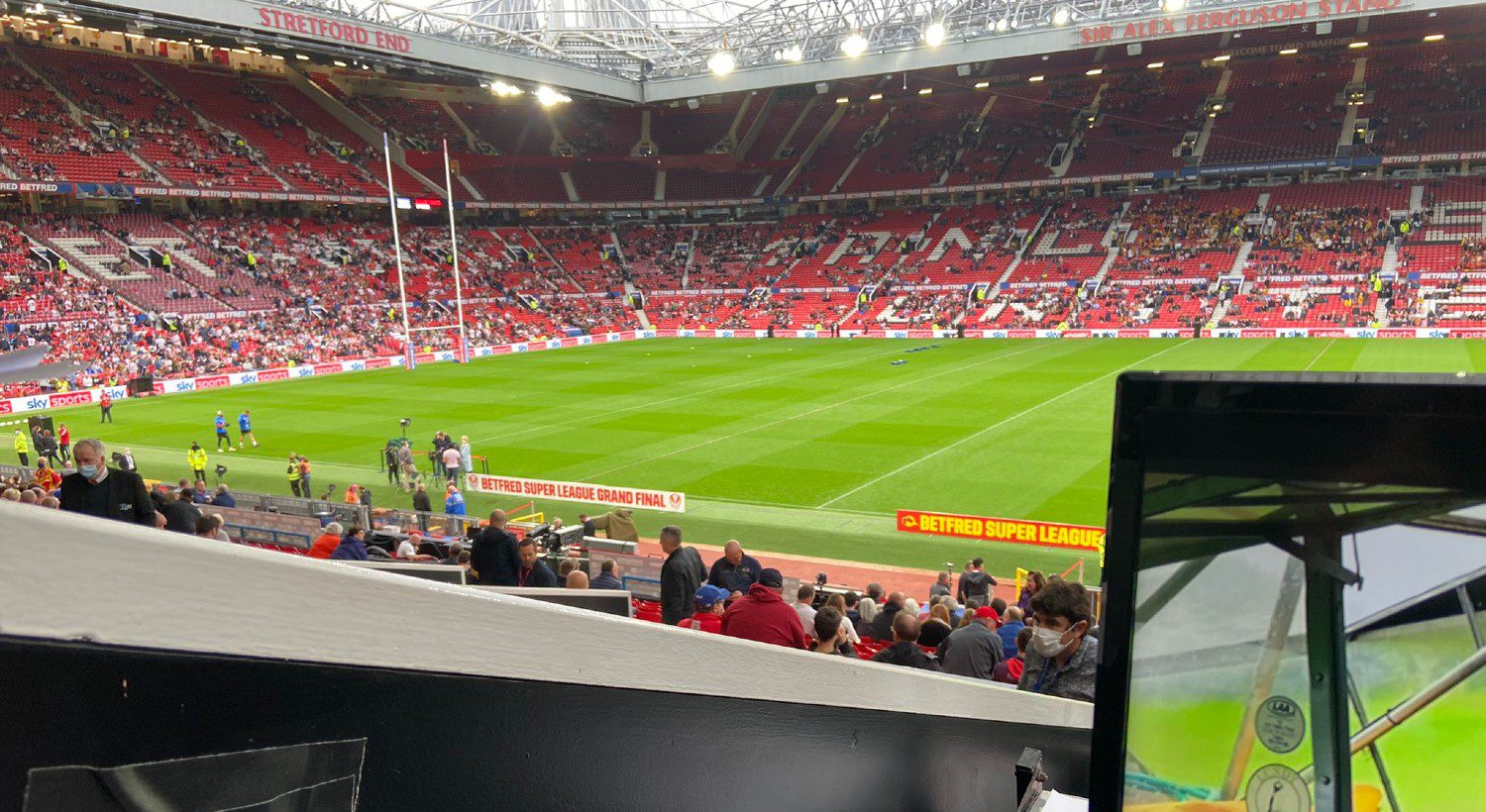Many good and spectacular football stadiums are scattered across the European continent and located in football-crazy countries like the United Kingdom, Spain, Germany, Italy, and France. These countries can boast of hosting the best stadiums in Europe; for example, in England, one can pinpoint the majestic Wembley stadium, Old Trafford, the home ground of the legendary team Manchester United, Anfield in Liverpool, and the Emirates stadium. In Spain, we have the Bernabeu of Real Madrid and the Camp Nou of Barcelona, whilst in Italy, one can highlight the Olympic stadium in Rome, San Siro in Milan, and the ultra-modern stadium – the Allianz stadium – home of the Turin club Juventus. However, brilliant European stadiums are not limited to the countries mentioned. Similar and probably better stadiums can be found in other European countries such as Portugal, Russia, and Poland.
Whilst visiting sports betting sites not on Gamstop to place a bet, football provides many thrills. Also, stadiums offer the background and the exciting atmosphere to the games we watch every week and, together with the players and spectators, provide the right formula to make the game of football the most popular sport in the world.
Bigger stadium, bigger football
Given football’s global popularity, it is no surprise that countries and clubs strive to build bigger and better stadiums where games are played. The modernization of the stadium and bigger capacity add benefits by allowing more supporters to be actively present during football matches and the safety provided by modern technology. In addition, the bigger the crowd, the more revenue is derived from paying supporters and advertising. This economic cycle provides the clubs with the necessary funding to recruit the best players available across the club and the most talented coaching staff available.
One can strongly argue against the obscene wages paid to players, the unbelievable transfer fees paid for players, and the huge commissions paid to agents who facilitate the transfer of players from one club to another. The obscenity becomes even larger when one considers the financial and economic turmoil most ordinary people endure throughout their lives and make ends meet each day. Despite these disparities, football remains the game to watch over the weekend or during the week, following international competitions like the FIFA World Cup or the UEFA Champions League. Spectators and football fans have the added value of enjoying the grandeur of the stadiums where necessary, and on occasions, less critical games are played.
The biggest and most glamorous football stadiums in Europe
In Spain, the Santiago Bernabeu home ground of Real Madrid, and the Camp Nou of Barcelona, are two of the most brilliant and iconic stadiums in Europe and probably in the world. Camp Nou has the largest football stadium in Spain and can hold just under 100,000 spectators; it is the world’s second-largest football stadium. Barcelona’s home ground is not limited to matches played by the local Catalan club but is also used to host international matches and UEFA Champions League finals. The stadium was also used for the 1982 World Cup when the competition was held in Spain.
There is no doubt that Real Madrid is one of world’s the most famous and popular football clubs. Together with Juventus, Manchester United, Bayern Munich, and Paris St German, the team from Madrid are listed among the elite of European football. The team’s football ground – the Santiago Bernabeu – is consequently one of the most famous grounds in the world. The Bernabeu has hosted endless competitions such as the European Cup, the European Nations’ Cup, and the FIFA World Cup in 1982. In essence, Real Madrid is considered football royalty; consequently, Santiago Bernabeu is the hosting palace.
The greatest stadium: Wembley Stadium in England
In England, there is no argument about the best ground on English soil. The famous and majestic Wembley stadium was recently rebuilt and hosts most of the international games played by the English national team as well as finals in respect of domestic and European competitions. The original Wembley stadium was demolished in 2003 and rebuilt on the same site. The new version of Wembley stadium was opened to the public in 2007. The rebuilding of the new stadium cost approximately £798 million and comprises a retractable roof and the famous Wembley arch. The capacity of the stadium is 90,000.
Another English stadium is Old Trafford, the home ground of Manchester United. The stadium was built in 1909 and is the largest stadium in the United Kingdom, second only to Wembley Stadium. Like most other modern stadiums, Old Trafford also has a museum and tours for fans worldwide.
European Clubs that excite us to bits
The Allianz Arena in Germany is the home ground of the famous German club, Bayern Munich. Bayern is the most successful club in Germany, holding the record for the number of top-flight wins in the country, tallying thirteen times; they won the domestic cup twenty times and have had a long streak of success in European competitions. The Bavarian club won the European Cup six times. The Allianz Arena was opened to the public in 2005 and has a capacity of 75,000.
The Stade de France has hosted the French national team’s games since 1998. Ironically, before 1998, France did not have a national stadium where the national team could play their games. The building of the Stade de France came about when France was selected to host the FIFA World Cup in 1998. The name of the stadium by proposed by the legendary French footballer Michel Platini. The Stade de France was officially inaugurated in January 1998 when France played against their Spanish neighbours in front of over 78,000 spectators. The Stade de France has a capacity of over 81,000.
Italy’s football stadiums are also crowd-pleasers
The Stadio Giuseppe Meazza/San Siro is the home ground for the two teams from Milan, Italy. The stadium is named after Giuseppe Meazza, a two-time World Cup winner who ironically played for both clubs. The San Siro has hosted World Cup games, and UEFA Champions League matches. The San Siro has also hosted several musical events.
Other top football stadiums in Europe worth mentioning include the Signal Iduna Park in Dortmund (Germany), the Ataturk Olympic Stadium in Istanbul (Turkey), and the Olympiastadion in Berlin (Germany) and the Allianz stadium in Turin (Italy).
These stadiums provide the perfect background for their respective clubs and countries and provide football fans across the globe with the ideal environment to enjoy the football game every week.













